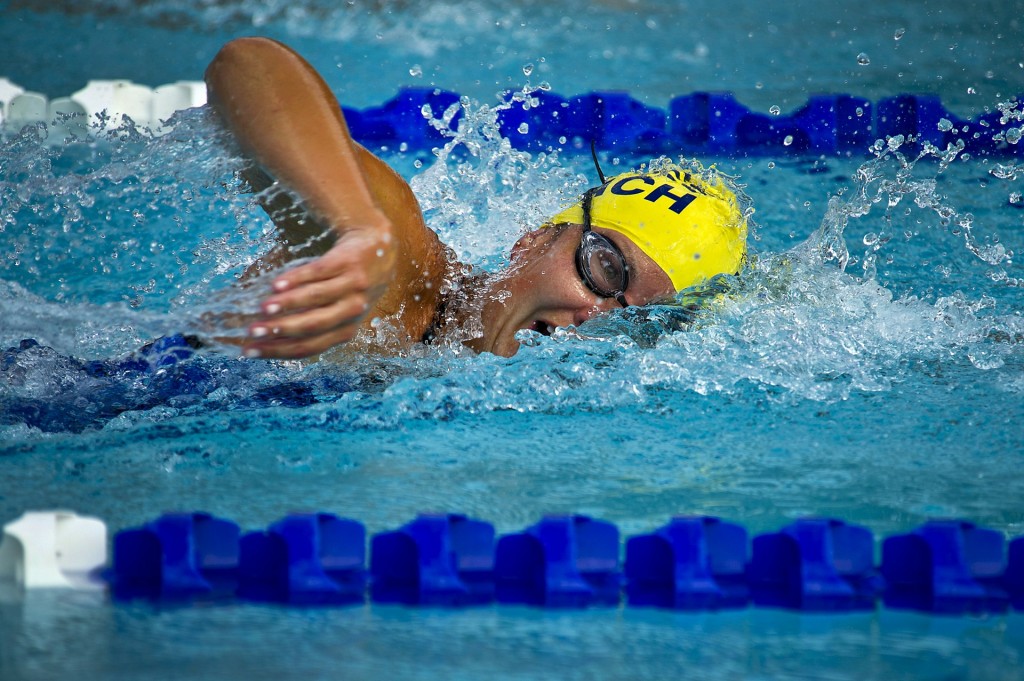Discomfort in the shoulder while swimming is likely to be a condition more commonly known as “Swimmer’s Shoulder”. The shoulder is needed to assist pulling the body through the water, whilst maintaining a good degree of mobility, for maximal efficiency during the pull cycle.
Swimmer’s shoulder is an ‘overuse’ condition due to the repetitive movements. In 2014, Sherwin (et al) reported that swimmer’s shoulder affected approximately 35 per cent of elite or senior swimmers.
According Mr Funk, one of Britain’s top shoulder doctors, this condition was commonly known as a subacromial impingement (pinching of the muscular structures beneath the coracoacromial arch in the shoulder). However, it is now believed that swimmer’s shoulder is a tendinitis (irritation) due to swimming.
This is due to shoulders being more lax in swimmers, therefore leading to a higher risk of shoulder discomfort. The glenohumeral laxity can place stress on the rotator cuff, leading to the rotator cuff impinging against the glenoid labrum. Also, there can be a dysfunction of the scapular muscles, altering the scapular humeral rhythm.
According to research, the treatment and prevention of this condition should focus on correcting training errors and shoulder impairments (Tovin 2006).
Postural impairments are managed through joint /soft tissue mobilization, flexibility, and strengthening/stabilization exercises of the scapular retractors and deep cervical flexors.
What can we do?
We need to assess the mobility of the shoulder joint, scapular rhythm, rotator cuff strength, whilst realistically modifying the athlete’s training schedule.
Joint Mobility
A person suffering with this condition may have some tightness in the posterior capsule along with anterior shoulder laxity, which should be addressed with the appropriate treatment techniques.
Stability and rhythm
Good scapular stability and scapulohumoral rhythm is vital. An unstable scapula or improper movement patterns can alter the demands placed on the rotator cuff muscles, potentially leading to microtrauma injuries.
Rotator cuff strength
Strengthening exercises should be progressed as needed and appropriately.
Modify training
Swimmers should look at reducing their “mileage” in the short term to reduce the chance of further injury, whilst maintaining some fitness. They should be extra vigilant in regards to maintaining good technique whilst using hand paddles and kickboards. Ideally, they should not use these training aids whilst they have this shoulder injury.
Summary
It is a condition that may be prevented with appropriate preseason screening, identifying shoulder impairments and training errors that may predispose the swimmer to injuries. If discomfort is noted during a swim season then the most apparent training errors or impairments should be addressed to treat the problem and prevent further problems and rule out any major soft tissue pathologies which may need consultation with an orthopaedic surgeon.
A thorough rehabilitation program usually includes strengthening of the rotator cuff and scapular stabilizers, stretching tight anterior chest muscles.
Contact Newcastle Sports Injury Clinic for a free phone consultation if you suspect you have Swimmer’s Shoulder.
